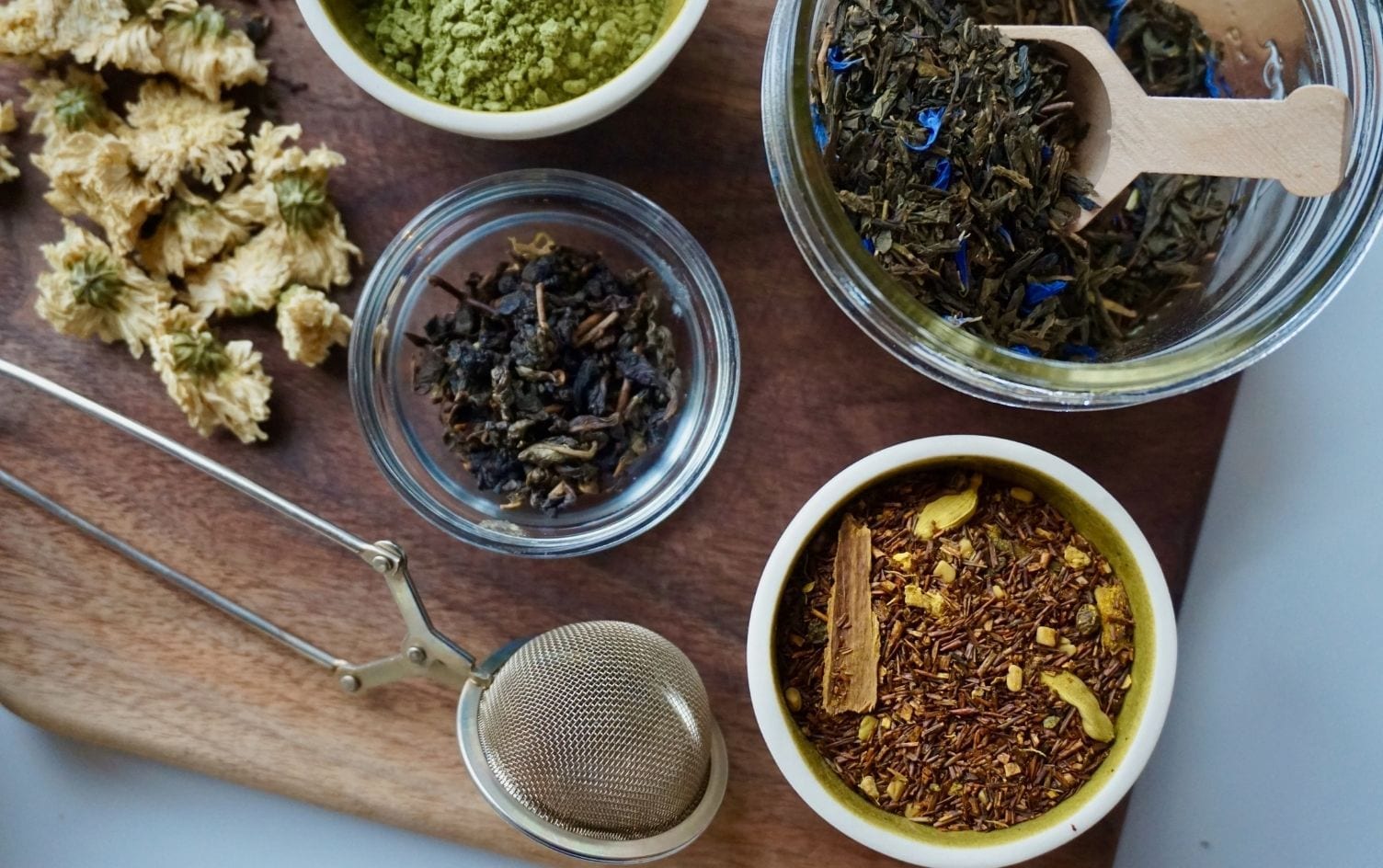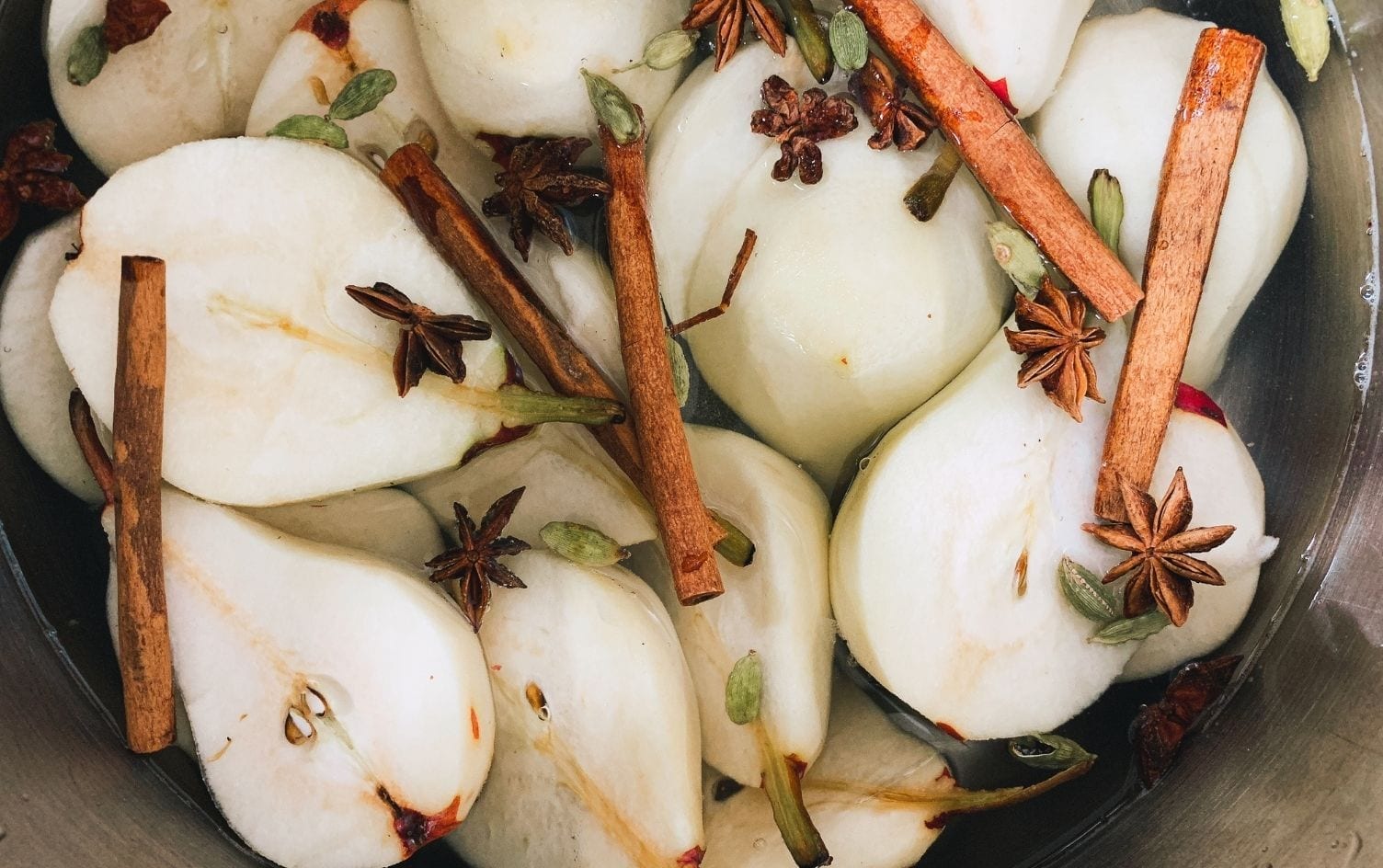Ayurveda, in Sanskrit, loosely translates to “the science of life.” Depending on who you talk to, the medicinal practice was founded in India thousands of years ago. Its philosophy follows that our human health is intricately tied to the nature of our environment. So, as the seasons shift, so do our bodies.
As fall blows in with its colder temperatures and dry winds, our bodies start to feel run down and ready for rest. With winter following closely behind, carrying even more cold, wet and dry weather, it’s important we bolster our bodies and immunity.
Here, eight ayurvedic practices recommended to keep us at our peak, even when the temperatures drop:
COOK IT
Looking to nature, it makes sense we would eat fewer raw foods in the fall and winter because in most regions, the fields start to freeze, and there’s nothing growing. This is the time when past generations would turn to their root cellars and to the beets, turnips, carrots, potatoes and winter squash that keep for many months in dry, cold storage. These root vegetables and squash are the heart of ayurvedic menus in the fall — all of them are best enjoyed and easiest to digest when cooked. By cooking them properly by steaming or gently roasting, we keep the nutrients of our fruits and veggies intact and make it easier for our bodies to tackle them.
Tip: Instead of eating raw fruit in your morning porridge or as a snack, steam, roast or saute them and keep them on hand for easy meal making.
GO GREEN
In the summer, eating salad is a great strategy to include more plants in your diet, because fields are filled with leafy ready-to-eat greens. But, as fall arrives, summer’s tender, easy-to-digest greens are replaced with heartier greens that are hard for our bodies to digest raw. Instead of slicing them into salads, see number 1, and cook them by sauteeing in a bit of ghee or olive oil, steaming or stirring into stews, soups and broths.
Tip: Cook a handful of spinach or kale with your scrambled eggs, wilt greens into your soup or sautee them for your grain bowls — and save the salad for summer.
MOISTURIZE
The cold and wind aren’t the only things that dry out our skin, hair and sinuses. Substitute your usual moisturizer for a warming sesame oil to help protect your skin from the winter weather. It also boosts metabolism with an extra kick of energetic heat and, when your sinuses feel like they’re seizing, you can even rub a little bit in your nostrils. The conditions inside our bodies can contribute to that seasonal dryness, too. Winter is also the time of year to add a bit of additional fat to your diet to bolster immunity and stay satisfied in this season when our bodies are working hard to stay warm and healthy.
Tip: Add 1 teaspoon of olive oil or ghee to each meal.
SLEEP MORE
Fall and winter are a natural time of year to recover from the warm and exciting summer months. Going to sleep a bit earlier, even just 30 minutes, can help our bodies maintain a healthy immune system. It allows our bodies to restore and ensures the nutrient-dense foods we naturally eat in the winter are digested and assimilated well.
Tip: If you can’t hop into bed an hour earlier, try to turn in 20–30 minutes earlier to help your body to wind down and maximize your sleep.

HYDRATE
According to ayurveda, cold beverages in the winter interrupt our body’s constant effort to stay warm. In fact, cold beverages can upset digestion and prevent assimilation in the winter. So, help yourself to warm, soothing beverages. Make an effort to hunt down herbal teas, warm lattes, and even the occasional hot toddy to keep your digestion happy.
Tip: Enjoy healthy hot chocolate, golden milk turmeric latte, warm spiced cider and herbal teas.
ROOT DOWN
Ayurveda suggests the best way to fuel our bodies is to eat seasonally. Curious how to know which vegetables are in season in the fall and winter? Look for the roots. Vegetables that grow underground are the most resilient in cold weather months, and they’re packed with nutrients and minerals our bodies need. Those vegetables and fruits that grow above ground (Think: leafy greens, tomatoes, peas, and zucchini) will have a hard time sustaining themselves in freezing temperatures, much less us.
Tip: Carrots, turnips, parsnips, kohlrabi, potatoes, beets and radishes are all great candidates to dig into this fall and winter.
GET SQUASHED
Pumpkins and winter squash are another nutrient powerhouse to turn to as you make your winter meals. Similar to the root vegetables, pumpkins and squash weather the cold well. They’re a nutrient-dense carbohydrate source lighter on the body than grains, but packed with powerful nutrients and minerals. And, they have a sweet taste that soothes the senses after a cold day out.
Tip: Stock up on pumpkin and winter squash. To roast them whole, simply preheat the oven to 350°F (180ºC) and prick the flesh all over with a knife. Place the squash on a sheet pan and bake for 2 hours as you go about doing anything but thinking about your squash. Remove from the oven — the squash will be soft and easy to slice.

FLAVOR FOR FUNCTION
If we aren’t careful with our diets in the winter, these cold months can result in weight gain, inflammation, congestion, illness and seasonal allergies. To keep our bodies light, burning fuel efficiently, and performing well in the cold, it’s important we favor foods with sweet, sour and salty flavors. Sweet flavors, such as pumpkins, cooked carrots and beets, natural sweeteners like maple syrup and honey, whole grains and cooked fruits ground our bodies and help to reduce inflammation. Sour flavored foods, such as lemons, limes and other citrus help prevent our bodies from building too much mucus and keep inflammation at bay as well. Adding a bit of salt to our meals helps keep our bodies hydrated and support our digestive system functioning smoothly through the winter.
Tip: Add a squeeze of lemon or lime and a pinch of salt to your meals. When sweet cravings hit, try enjoying cooked fruits, roasted carrots or roasted pumpkin swirled with honey, ghee and cinnamon instead.
Unlock an experience that’s like having a dietitian, trainer and coach at your fingertips. Sign up for Premium for expert guidance and tools to help you reach your personal health goals.




